
Choosing the Right Recessed Puck Lighting for Your Space: 5 Essential Factors to Consider
Share
Table of Contents
- Understanding Recessed Puck Lighting
- Size Matters: Choosing the Right Dimensions
- Color Temperature: Setting the Mood
- Brightness: How Much is Enough?
- Number of Lights: How Many Do You Need?
- Installation: Methods and Considerations
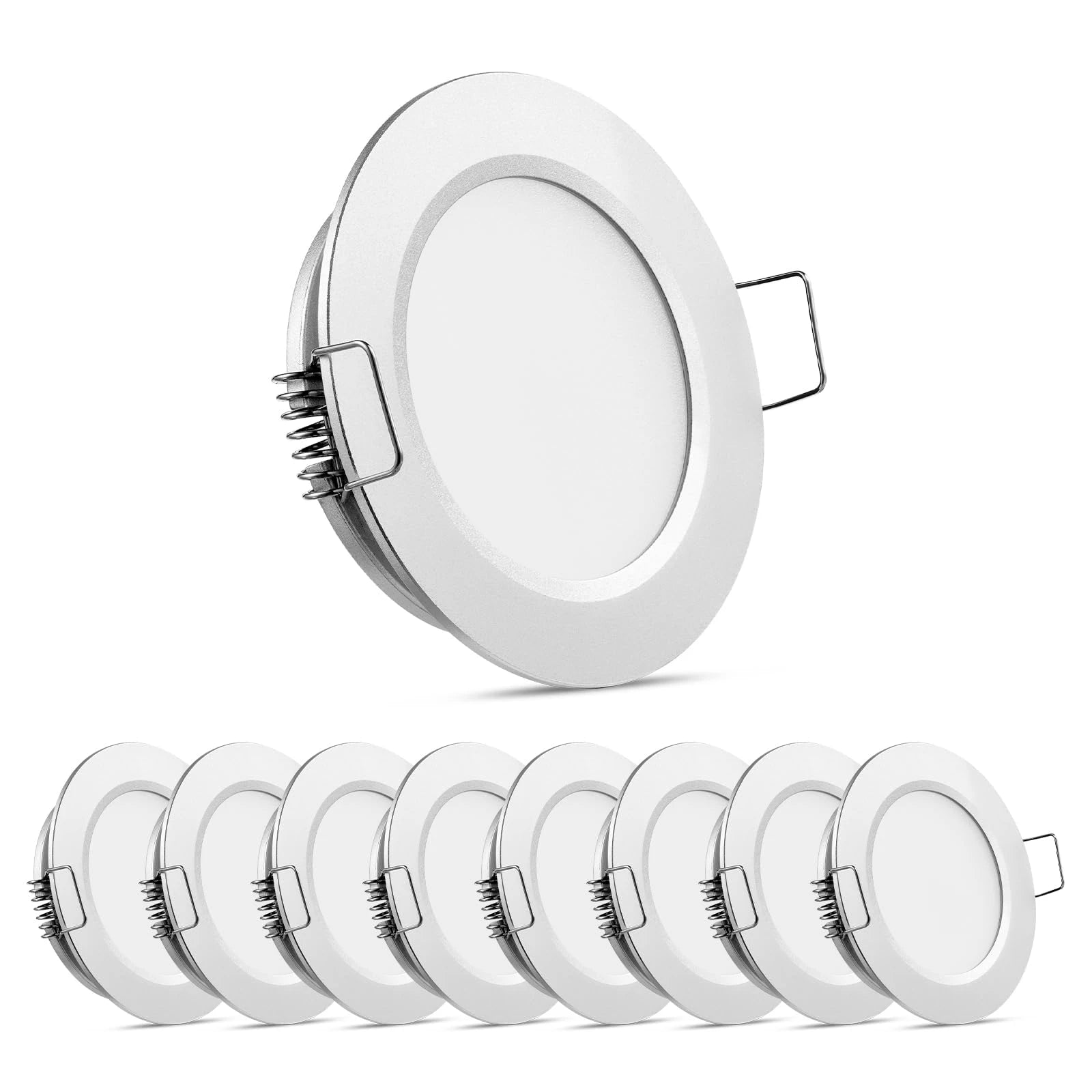
Recessed puck lighting is a popular choice for both modern and traditional spaces due to its sleek design and ability to provide focused, efficient illumination. Whether you’re remodeling your kitchen, illuminating a home office, or creating ambiance in your living room, recessed puck lighting can significantly enhance your space. But choosing the right set of lights can be tricky without knowing exactly what factors to consider.
In this article, we'll dive into the five most essential factors that will help you pick the perfect recessed puck lighting for your home or office.
Understanding Recessed Puck Lighting
Before diving into the details of selection, it’s important to understand what recessed puck lighting actually is. Recessed puck lights are small, round, and typically mounted directly into the ceiling or other surfaces, giving them a clean, minimalist look. These lights are designed to be subtle yet effective, providing focused light without bulky fixtures or visible wiring.
They're commonly used in kitchens, under cabinets, along hallways, or in areas where space-saving design is a priority. Depending on your needs, recessed puck lighting can be used for both task and ambient lighting.
Size Matters: Choosing the Right Dimensions
When selecting recessed puck lights, size is one of the first factors to consider. The right size of light depends on the space you’re illuminating and the effect you're trying to achieve. Typically, puck lights range from 2.5 to 4 inches in diameter. However, there are a few key points to keep in mind when choosing the size:
- Small Spaces: For smaller areas like under cabinets or in tight corners, you’ll want to go with smaller puck lights, usually around 2.5-3 inches. These lights are less intrusive but still provide ample light for focused tasks.
- Larger Spaces: If you’re lighting a larger room or area, you may need larger puck lights (3.5-4 inches) to ensure they provide enough brightness. This is especially true for areas like living rooms, kitchens, or large hallways where you need to illuminate a wider space.
Here’s a quick comparison table to show the different sizes of puck lights and their ideal uses:
| Puck Light Size | Ideal Use | Typical Diameter |
|---|---|---|
| Small | Under cabinets, tight spaces | 2.5–3 inches |
| Medium | Kitchens, living rooms, workspaces | 3–3.5 inches |
| Large | Larger rooms, open spaces | 3.5–4 inches |
Color Temperature: Setting the Mood
The color temperature of your recessed puck lights can dramatically affect the mood and function of a room. Color temperature is measured in Kelvins (K) and typically ranges from warm to cool tones. Choosing the right color temperature depends on the purpose of the room and the atmosphere you want to create.
- Warm Light (2700K – 3000K): This is ideal for creating a cozy, inviting atmosphere. It’s perfect for living rooms, bedrooms, and dining rooms where you want a relaxed environment.
- Neutral Light (3500K – 4100K): Neutral lighting is balanced and is often used in kitchens, bathrooms, or workspaces where a clean, clear light is needed without being too harsh.
- Cool Light (5000K – 6500K): Cool white or daylight temperature lights are great for areas that require bright, clear visibility, such as home offices, kitchens, or task-oriented spaces. They help to increase focus and are often used in commercial settings.
Here’s a breakdown of the most common color temperatures and their ideal applications:
| Color Temperature | Kelvin Range | Best For |
|---|---|---|
| Warm Light | 2700K – 3000K | Living rooms, bedrooms, dining rooms |
| Neutral Light | 3500K – 4100K | Kitchens, bathrooms, workspaces |
| Cool Light | 5000K – 6500K | Offices, task areas, garages |
Brightness: How Much is Enough?
When selecting recessed puck lighting, brightness is just as important as size and color temperature. The brightness of puck lights is measured in lumens, and choosing the correct brightness ensures that the lighting is functional for the specific area.
For example:
- Under-cabinet lighting: 200-400 lumens per light should be enough.
- Task lighting: A range of 500-700 lumens per light works well for areas like kitchens or workstations.
- Ambient lighting: For a general ambient effect, you may want to use softer lighting with about 200-300 lumens.
The total number of puck lights you install will also affect the overall brightness of the space. To avoid over-illuminating, it’s important to balance the number of lights with the lumen output you need.
Here’s a table comparing the brightness levels and their recommended uses:
| Brightness (Lumens) | Recommended Use |
|---|---|
| 200 – 400 | Under-cabinet lighting, accent lighting |
| 500 – 700 | Task lighting, work areas |
| 800 – 1000 | Ambient lighting, large spaces |
Number of Lights: How Many Do You Need?
Determining the right number of recessed puck lights for your space is crucial to ensure proper illumination without overlighting or underlighting. The number of lights you need depends on the size of the area, the brightness of the lights, and the effect you're trying to achieve.
- Smaller Areas (Under-Cabinet): For smaller spaces like under cabinets or shelving, 1–3 lights per area is typically sufficient, depending on the space's size and the brightness needed.
- Larger Areas (Kitchens, Living Rooms): Larger rooms may require multiple puck lights to distribute light evenly. Generally, 3–6 lights are recommended for a medium-sized room.
- Consider Dimming Options: Many recessed puck lights come with dimming capabilities, which can help you adjust the brightness according to the time of day or activity, providing better flexibility.
Here’s a quick guide to determine how many recessed puck lights you might need:
| Space Type | Number of Lights | Additional Considerations |
|---|---|---|
| Small Space | 1–3 lights | Under-cabinet or accent lighting |
| Medium-Sized Room | 3–6 lights | Kitchens, workspaces, living rooms |
| Large Room/Area | 6+ lights | Open spaces, large living rooms |
Installation: Methods and Considerations
The installation process of recessed puck lighting can vary based on the style and model of the light, as well as the type of surface. Here are the main installation methods:
- Hardwired Installation: This method involves connecting the lights to your home’s electrical system. It’s ideal for permanent installations but may require professional installation for safety and code compliance.
- Battery-Operated Lights: If you don’t want to deal with wiring, battery-operated puck lights are an excellent option. These are easy to install and can be mounted in a matter of minutes without any tools.
- Plug-in Lights: Some puck lights come with a plug-in option, meaning you can easily install them by plugging them into an outlet. This is a quick and flexible option for those looking for a temporary lighting solution.
Regardless of the method, make sure to choose the installation method that works best for your space and skills. Many puck lights now come with adhesive backings, making them easy to install on ceilings, cabinets, or walls without the need for drilling.
Conclusion
Choosing the right recessed puck lighting involves careful consideration of size, color temperature, brightness, number of lights, and installation methods. By taking the time to evaluate these factors based on your space’s needs, you can enhance the look and functionality of your home with minimal effort.
If you’re unsure about your lighting choices, consult with a lighting professional to help you select the best options for your space. With the right recessed puck lights, you’ll create an atmosphere that’s both beautiful and functional.
Further Reading:


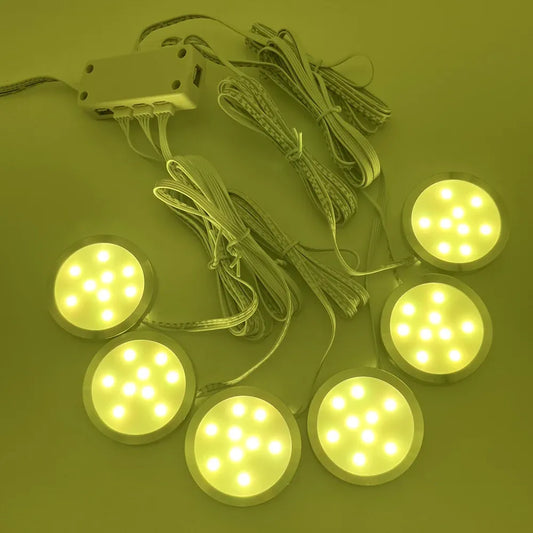

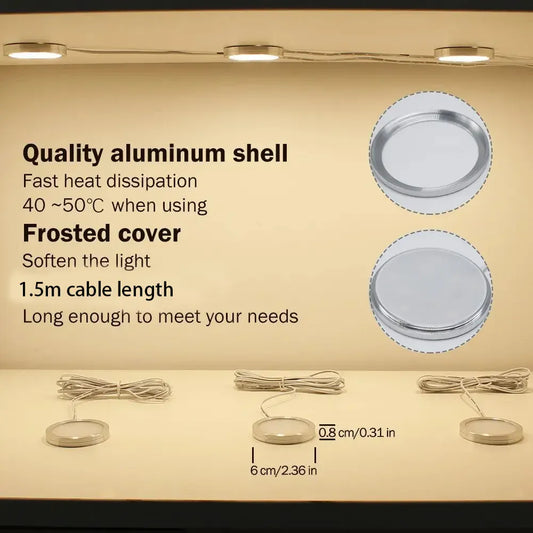

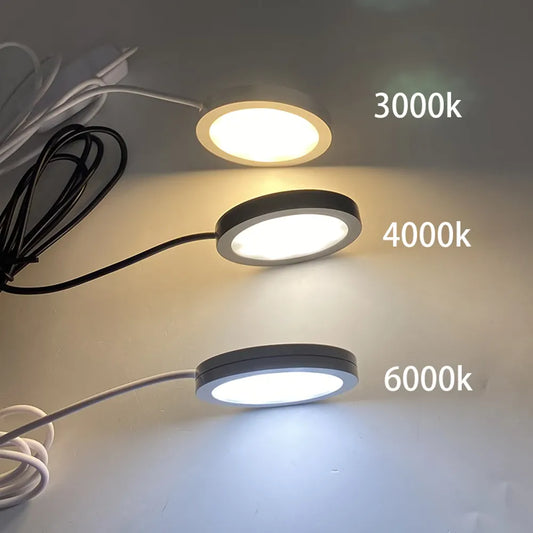

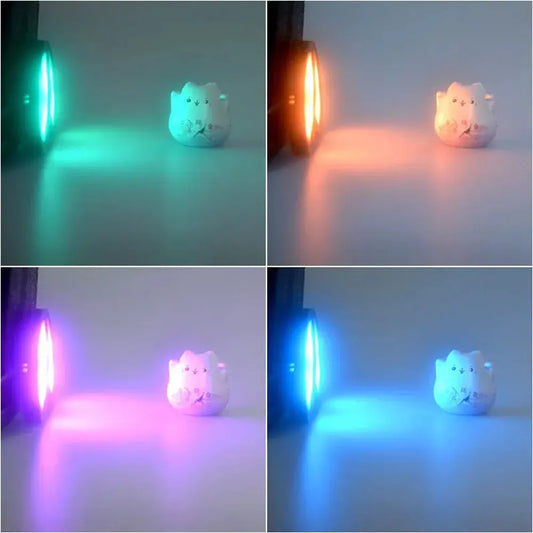

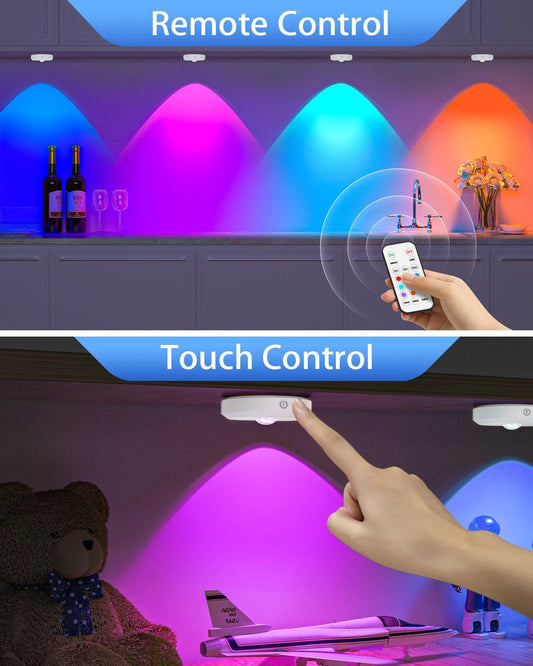

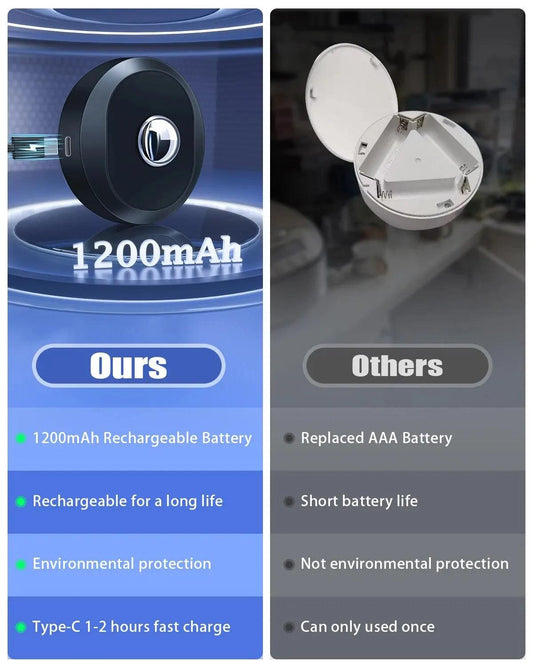

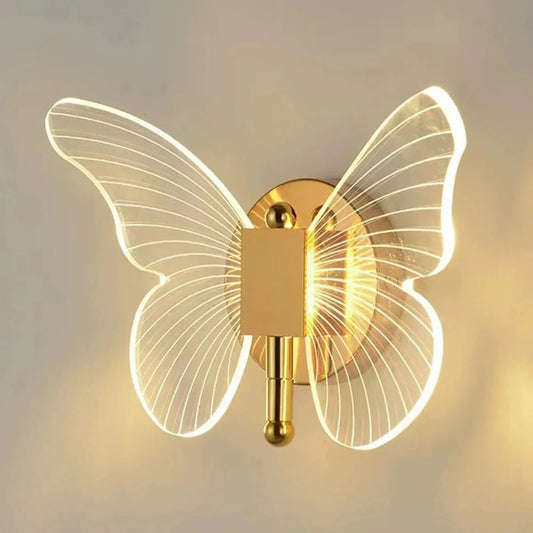

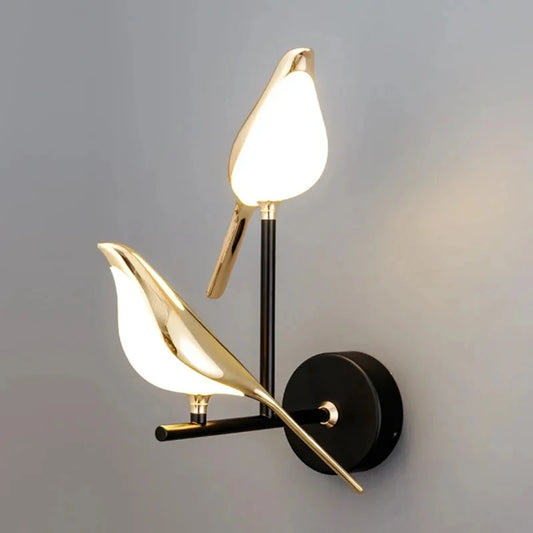

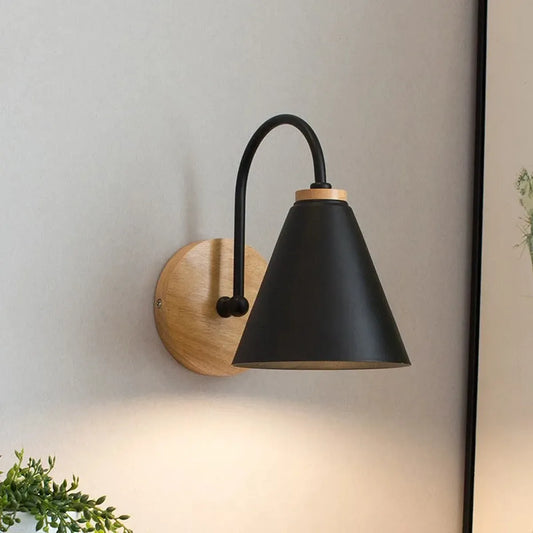

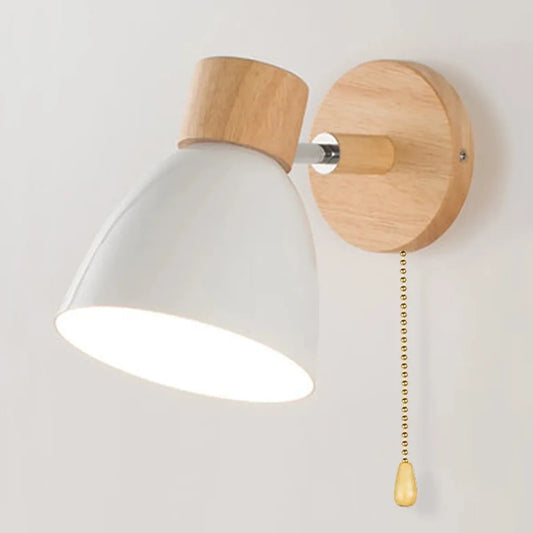

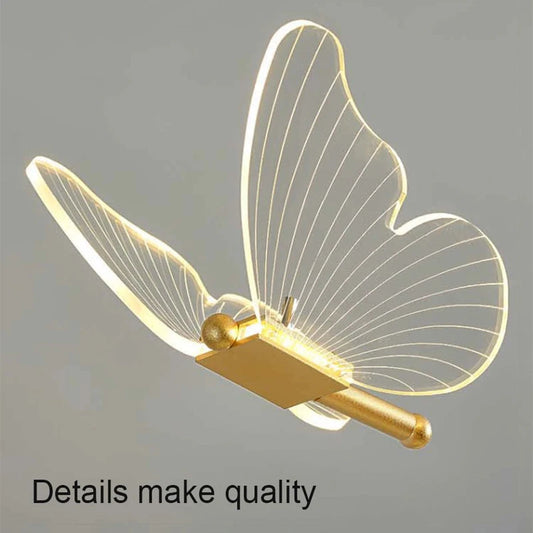

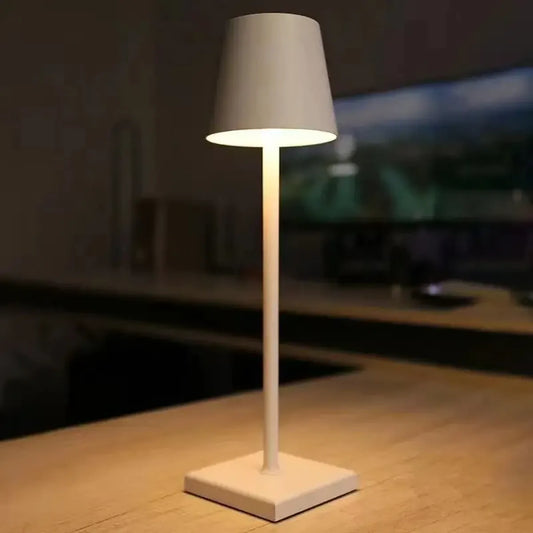



 />
/>
 />
/>
 />
/>
 />
/>
 />
/>